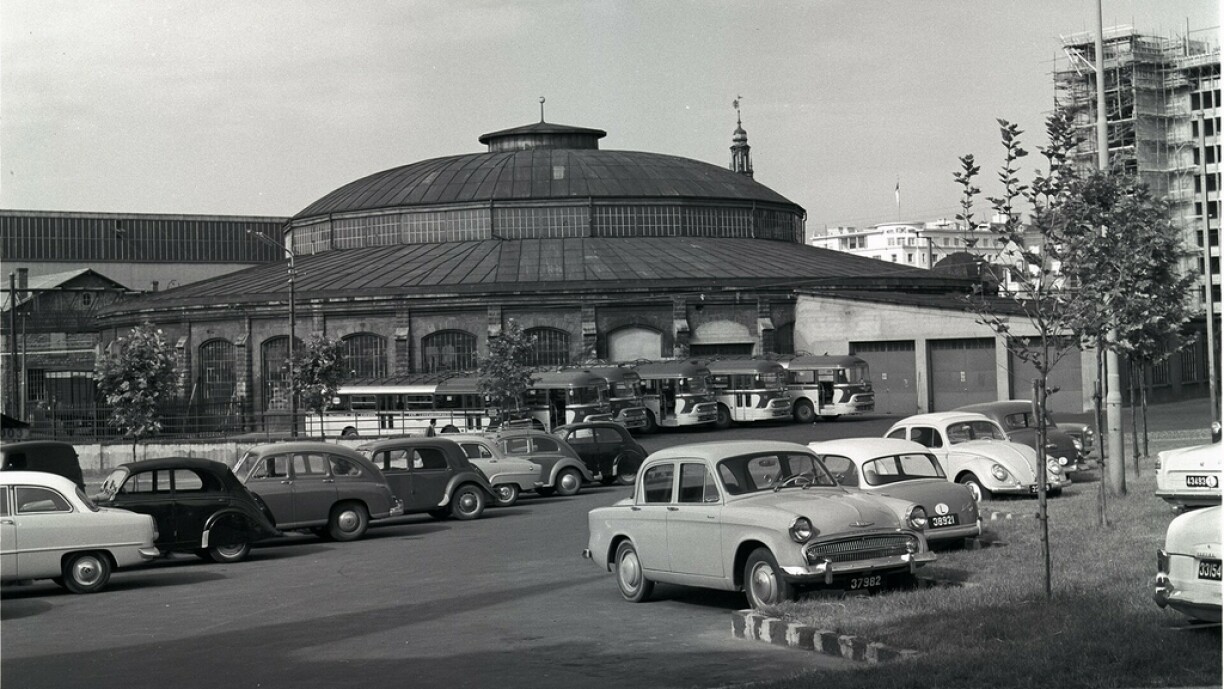
The story of Rotondes spans three centuries, and has never stopped evolving. In this three-part series, we dive into the past, present, and future. This chapter starts in 1875.
A cultural institution in its own right (and officially a national monument since 1991), the two rotundas that sit snugly in the centre of Luxembourg have spanned three centuries to become what it is now: a multidisciplinary cultural space for concerts, art exhibitions, workshops, events, and more.
Rotondes has this year announced the 2025/2026 season, along with some exciting updates.
1875 was a big year for Luxembourg. In the aftermath of the Austro-Prussian war and the Luxembourg Crisis, the signing of the Treaty of London would in 1867 grant Luxembourg full independence and neutrality. The development that would follow was immense: The city’s fortification began to be dismantled – a process that would take 16 years.
The first horse-drawn tram line commenced operation, running between what is now Glacis, past the Grand Ducal Palace and across the ‘Old Bridge’ (Passerelle) and then onwards to Gare. The first bandstand was erected in Place d’Armes, quickly becoming the site for concerts and the capital’s marching bands.
Amidst all this rampant change, right next to Gare and a short walk, bus ride or drive away from the city proper, construction of two rotundas began. Their purpose: servicing the steam locomotives that ran from the neighbourhing train station.
In 1991, the site was declared a national monument – both rotundas were destined to be part of Luxembourg’s story forever. “The two buildings, constructed in 1875 and where locomotives were repaired for decades,” said Steph Meyers, Director of Rotondes. “They have been looking for a new purpose for years.”
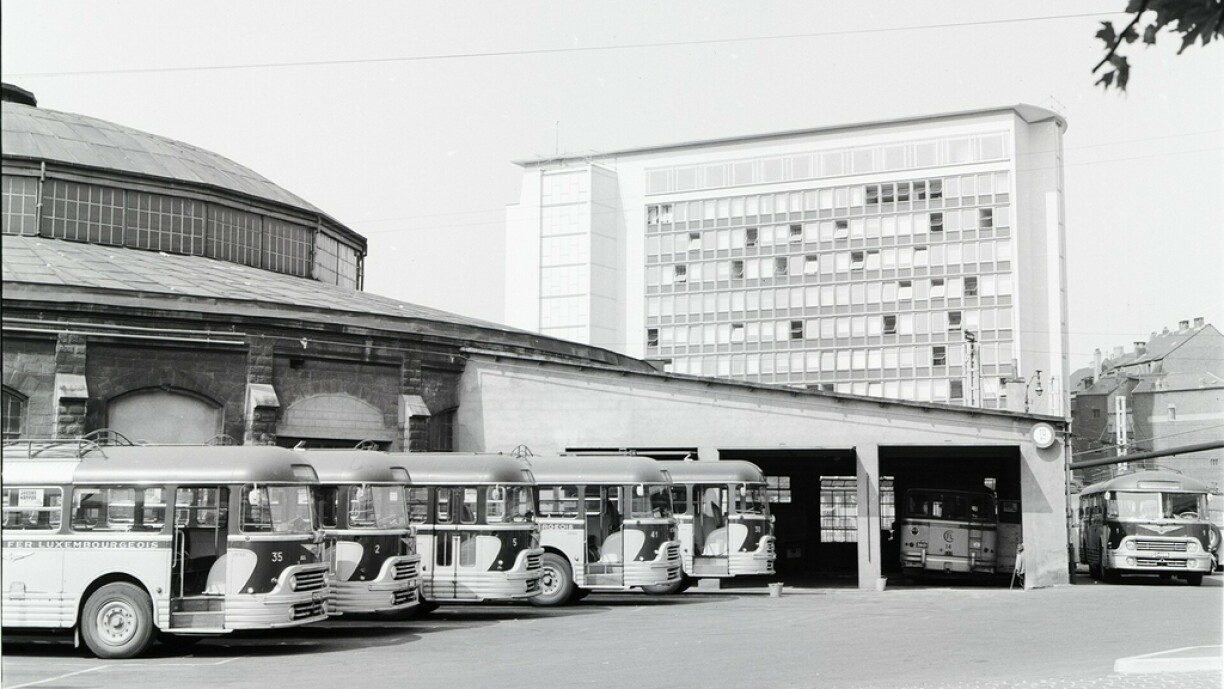
Between 1994 and 2000, before Rotondes became the cultural centre known and loved today, and after it had served its primary purpose of a storage and repair space for CFL, there was plenty of discussion on what to do with the place.
In 1995, former Greens MP Robert Garcia who would go on to take the reins as Director until 2016, pushed for the spaces to be turned into Luxembourg’s Museum of Contemporary Art – though the decision for MUDAM to be situated in Kirchberg had long been made.
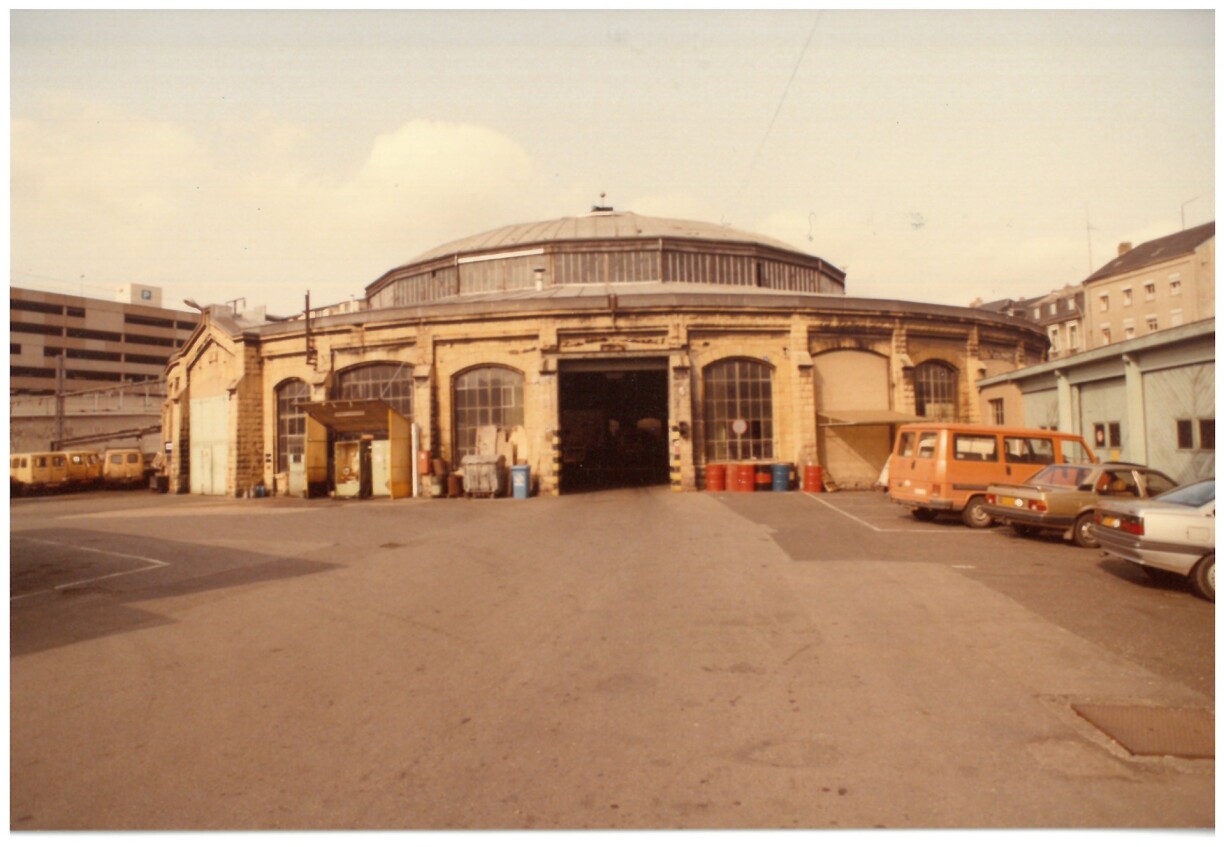
"[There were even] plans to put the museum here,” Meyers recalled. "[The plan was] to make an underground passage between the two rotundas: the entrance would be in the basement, where you could visit a permanent exhibition, and a temporary exhibition part – that would be in the partition between two rotundas.”
While this ultimately did not happen, the potential of Rotondes was not lost on anyone.
In 2000, a call for ideas was sent out, and the ideas were nothing short of ambitious and creative. “There were some ideas like a swimming pool, an ice skating rink, a museum for bicycles, a marketplace, an observatory for stars, and lots of other stuff,” Meyers said. “They really didn’t know what to do with the rotundas!”
Even as the two rotundas gradually shifted their purpose from industrial to cultural, changes were afoot on all sides. While ownership of Rotondes had in 2000 transferred from CFL to the State, the space continued to be partially used by CFL – Rotunda 1 was still being used as a storage space by CFL until 1999, and it was only in 2006 that the last bus rolled out from Rotunda 2.
The big push ahead and the ultimate purpose Rotondes was seeking started to take shape in October 2003, when Garcia was appointed General Coordinator of Luxembourg’s next big show: 2007’s European Capital of Culture. And the perfect headquarters to display Luxembourg’s creative potential and cultural capabilities? None other than Rotondes.
It was all systems go from there.
While Rotunda 1 had been fully renovated in the early 2000s, Rotunda 2 had largely remained as it was.
Meyers recalls how rapidly things took shape in the months leading up to the European Capital of Culture 2007: “We moved in in September 2005. And then in October 2006, the last buses left Rotunda 2, so we had two months to quickly renovate. On 31 December, we organised a New Year’s Eve party in Rotunda 2 – and that was the beginning of the culture year.”
Over the course of 2007, four exhibitions were held in Rotunda 1, while Rotunda 2 was assigned for youth-focused programmes throughout the year. A focus on youth and children has remained at the heart of Rotondes ever since.
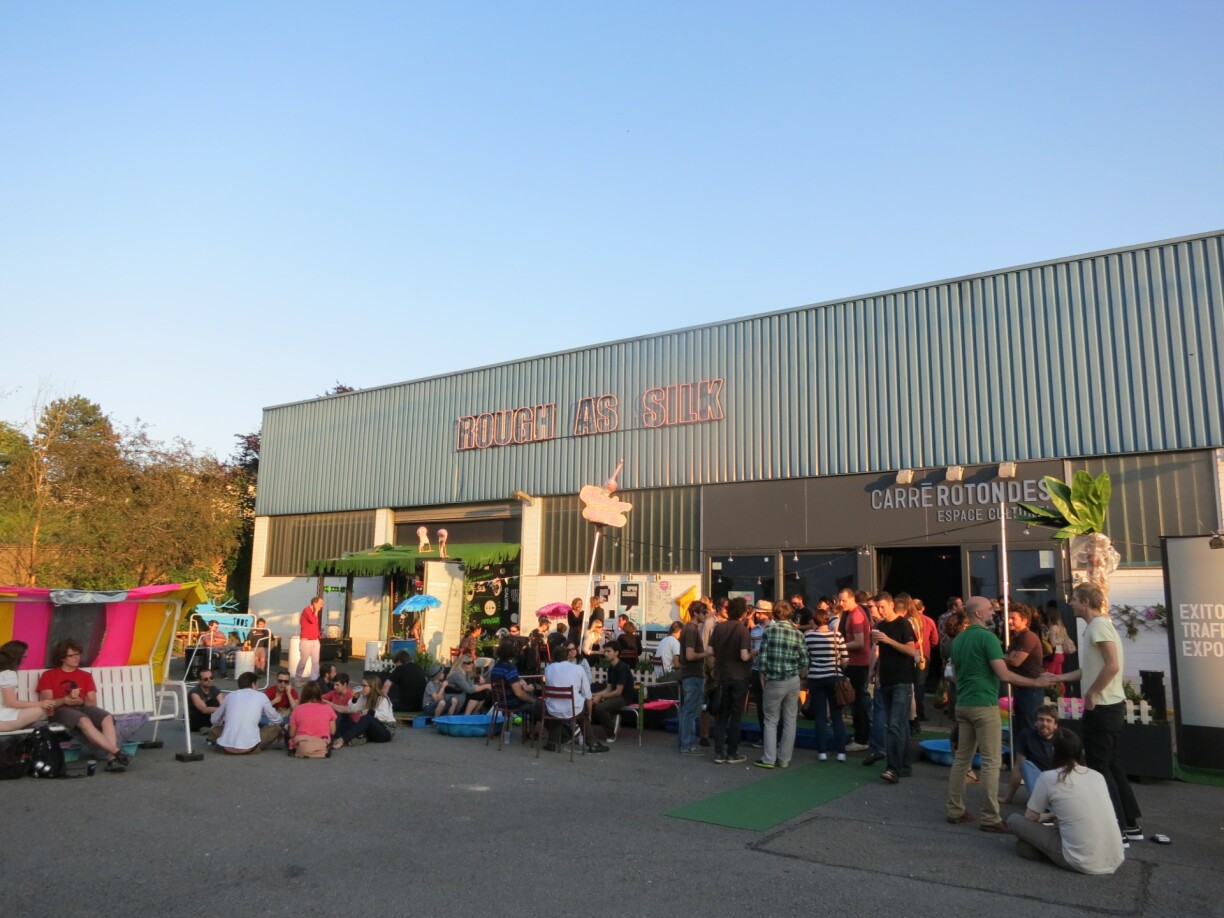
Following the success of the Capital of Culture, the Ministry of Culture continued their support of Rotondes, and more ambitious plans were laid out. Under the Ministry, a budget of €23 million was set, but only €5.7 million was allocated for all the work and restoration that would begin in 2010.
“It was decided to continue with certain parts of the programming which really were successful,” Meyers said. Those included two keystones you can still see in Rotondes today: theatre programmes for young audiences, and music programming.
“In a place here which doesn’t exist anymore called Exit07, for one year music programmer Marc Hauser did a really great job to propose alternative music bands, and that was also then continued,” Meyers said.
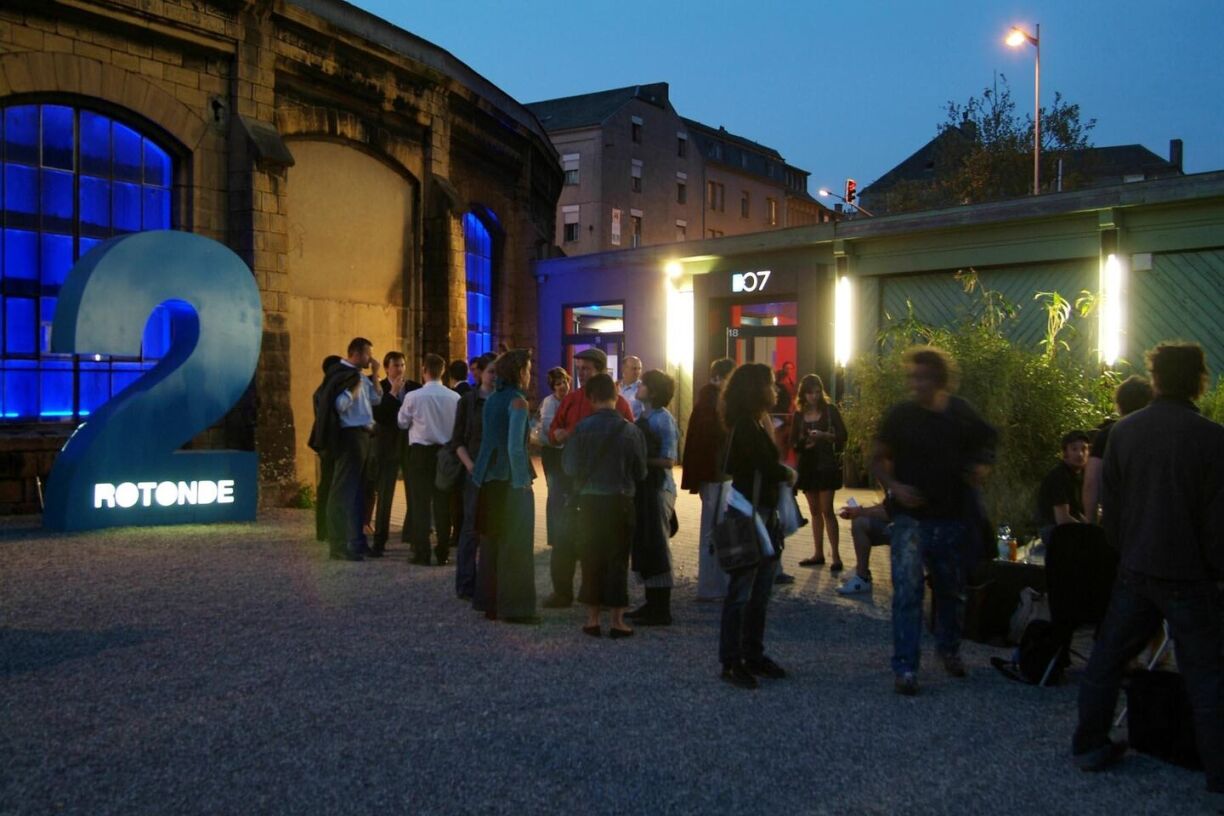
This was also an essential point for the future of Rotondes as the four departments that make up the cultural space’s current form: The then-established departments of Music, Visual Arts, Performing Arts, and Socio-Cultural formed.
“We came together under the name Carré Rotonde to continue with this programming, but we couldn’t stay at Rotondes,” Meyers said. While the site held up for 2007’s Capital of Culture, years of industrial use and bus storage had contaminated the soil, and more work needed to be done still.
Their temporary home was not far – just a kilometre away in an unused industrial building in Hollerich. First, the team had to pack up and leave the place that had been home for the last 3 years.
“They had to disassemble the wooden structure,” Meyers said, referring to the wooden panels that made up the floor and walls of Rotunda 1. “In 2007 when you were inside Rotunda 1, we had this wooden structure which we called Mikado (pick-up sticks) and there was a restaurant in it, Serre Blue. We now use it for conference spaces.”
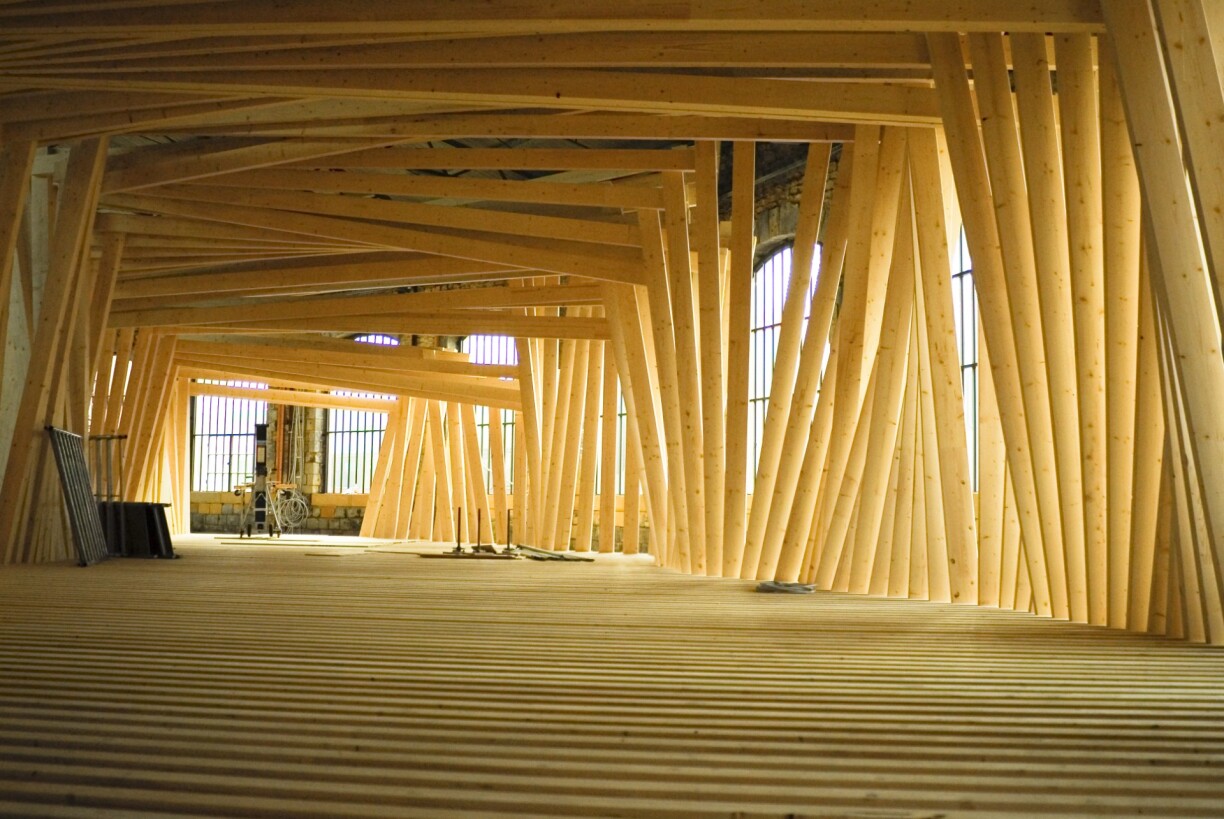
“We stayed [in Gare] until the other place was ready. We had six months to install everything,” said Meyers. “We moved into Carré Rodonde in Hollerich in September 2008. Then the decontamination work [for Rotunda 2] began.”
Following several delays, Rotondes eventually returned to its original space in 2015, but more work still needed to be done. Decontamination work was complete in 2012, but the return to Rotondes took place before the renovation of Rotonde 2 was complete.
“They did a temporary job installing this ‘container city’, we call it, where Radio ARA and some workshop spaces are,” Meyers described. “And we put a box in Rotunda 2 [to be used as our concert place] so that in 2015 we could come back here.”
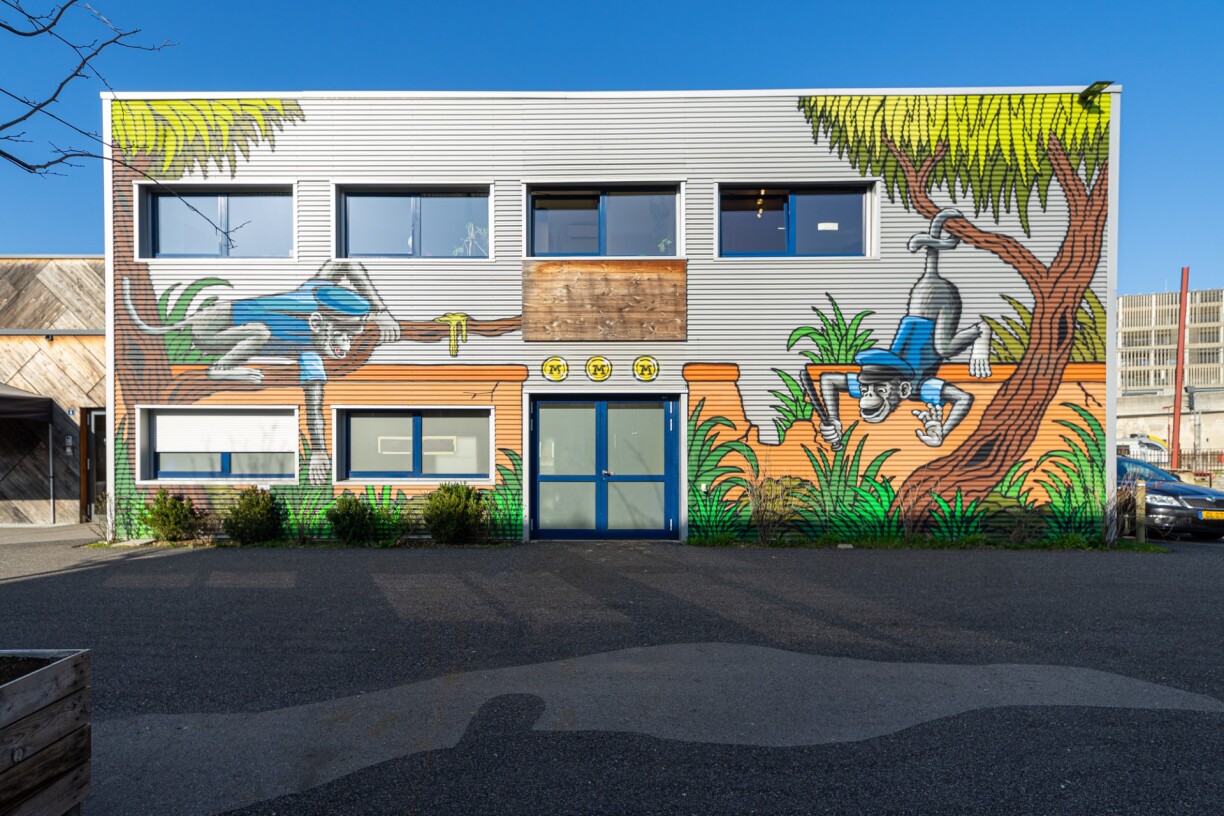
As of their return in 2015, Rotunda 2 remained a partial construction site, but one with a structure (Klub) equipped to hold concerts with audiences up to 250 people, as well as a cafe and bar (:Buvette).
“And now,” Meyers concluded, " we are in the next step – which is the final step.”
Read more about Rotondes’ present here.